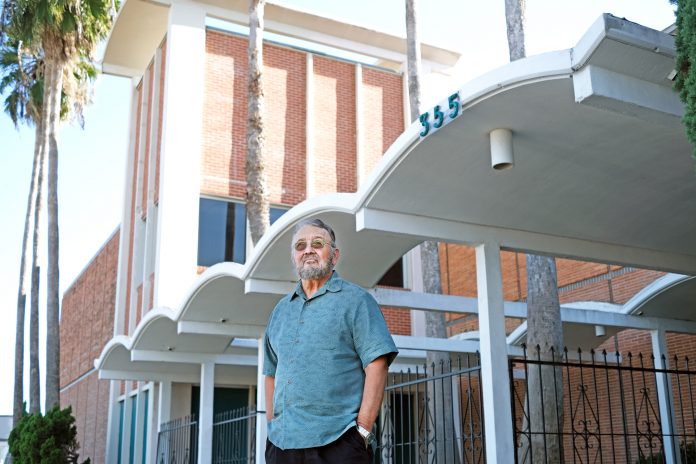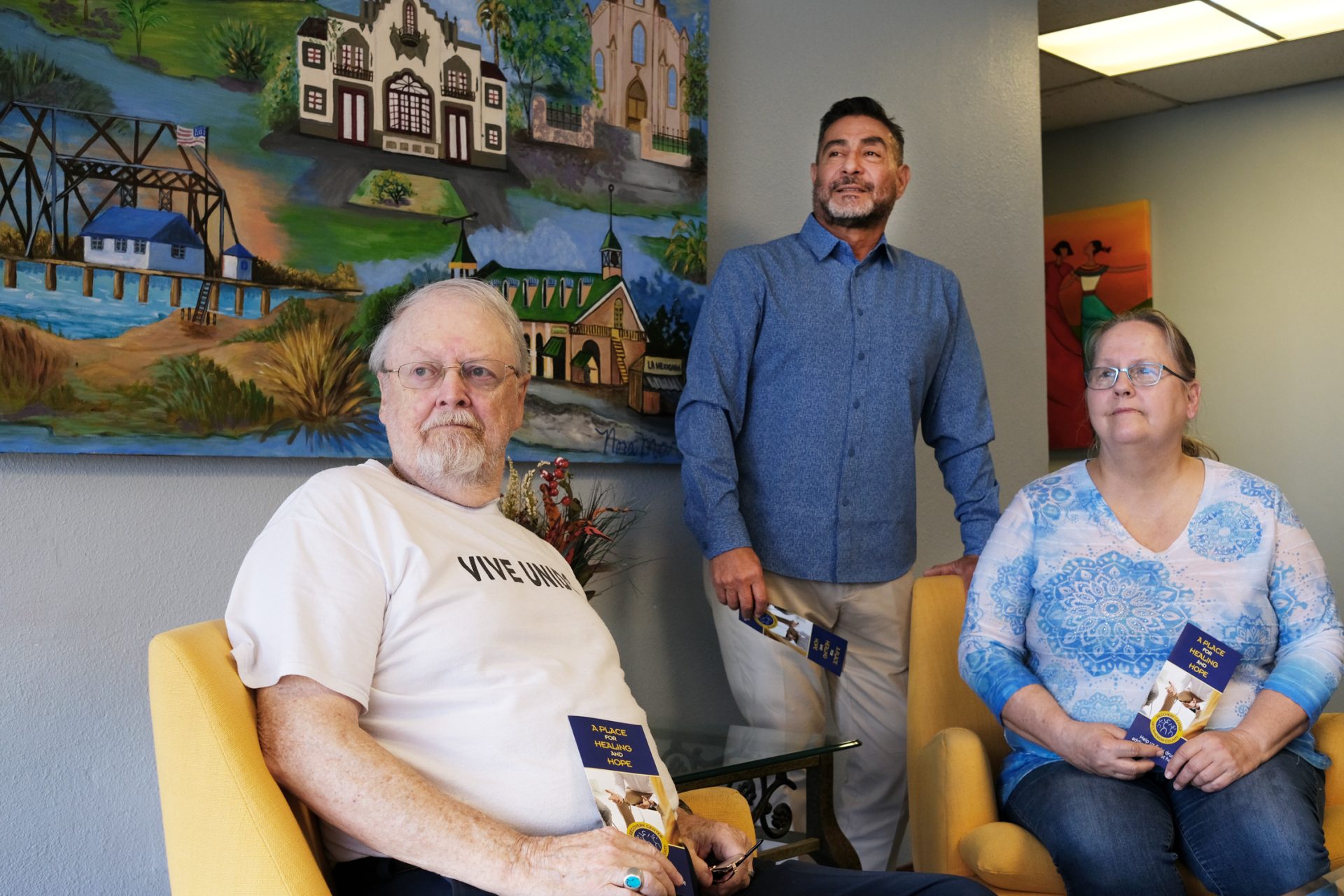
The Recovery Center of Cameron County is celebrating its 25th anniversary knowing it could be serving three or four times as many clients if it had the personnel and state funding of a decade ago.
The center occupies a suite of offices in the old Rio Grande Valley Gas building at 355 West Elizabeth St. in Brownsville. It became its own entity in 1997 after beginning life as part of the Cameron County Housing Authority.
In 2011, the first year such records were kept, the center was serving more than 500 clients a year, director Cesar Garcia said.
“By 2016 we had a big reduction in grant money from the state and so we dropped down to seeing between 120 and 150 people a year and right now, that’s where we’re at, about 120-130 a year. We maintain a wait list. On any given day our average wait time would be 15-18 people, so there is a need. If I had the money to hire people, we’d do a lot better,” Garcia said.
The center has an adult and an adolescent clinic in Brownsville and an adult clinic in Harlingen at 1806 W. Jefferson Ave. Most referrals come from the adult probation department and child protective services, although some people do come in on their own.
Garcia said many people who begin treatment hope to avoid the cravings associated with drug and alcohol treatment, but it’s more about learning about themselves and how to manage the cravings.
“The treatment that we provide is based on relapse prevention. That’s our main goal, to stop people from using. When we do that we use cognitive behavioral strategies. We teach the individual about how they think and how they feel and how their behavior comes about because of these feelings they get and these thoughts that they get,” Garcia said.
“Once they learn that about themselves, and it’s different for each and every one of us, once they learn that they can see a little light at the end of the tunnel. It’s a lot of hard work. A lot of people come in and expect that, yes, I want to go through the program, and I’m not going to have any more cravings. Well that’s not true. Cravings will always be there but learning how to manage them is the key,” he said.

Garcia offered this example:
“Let’s say that you go to a gathering. Everybody’s having a good time, people drinking and stuff, and they invite you to drink you don’t know whether to say yes. You want to be part of them because you want to be part of the family. The idea is to recognize, ‘Yes, I do want to be part of the family. I’d like to be enjoying a beer with them, but I cannot take one beer. I can’t stop at one.’ Once you can internalize and understand that, what it means, you’re on your way. You have a chance for recovery.
“The thing is you can be in recovery for 10 years. And all of a sudden the cravings come back, and you know in the process of our treatment we explain to them you know what goes on in the brain and why this is for the lifetime and all that. It’s not the people; it’s not the beer. It’s not the substance; it’s us, ourselves. It’s like I tell people addiction is a very selfish act because the only one that feels good is you, nobody else, and in the process of doing that we hurt the ones that we love the most, our family.”
Garcia said 90% of the services the center provides are free due to the income levels in Cameron County, one of the poorest counties in the country. Clients pay on a sliding scale according to ability to pay, with Medicaid and private insurance billed first and the state picking up the tab after that.
“We’re one of poorest counties in the nation, so we have many people who qualify for services. The state uses the median not the average. But I look at the people, and I know they struggle. I’m from this area. I went to the old Brownsville High School, spent 24 years in Marine Corps, came back, became a counselor and this is what I’m doing,” he said.




